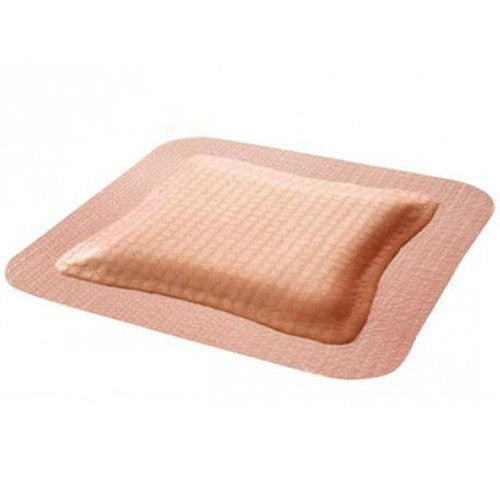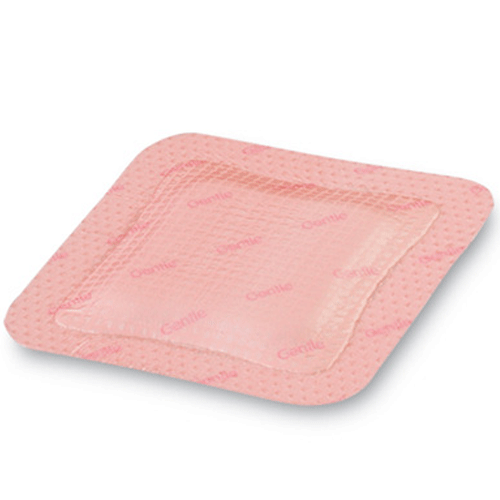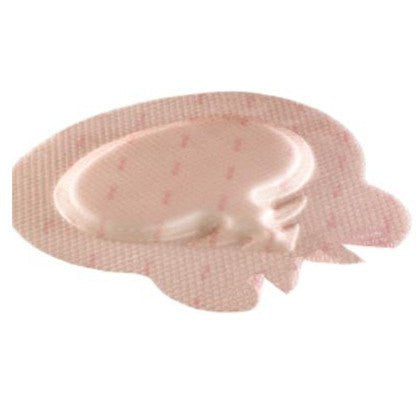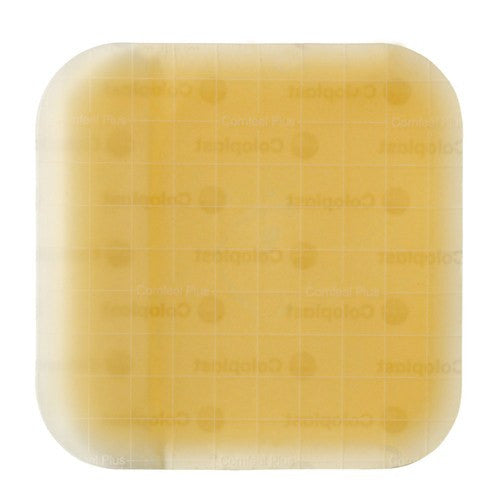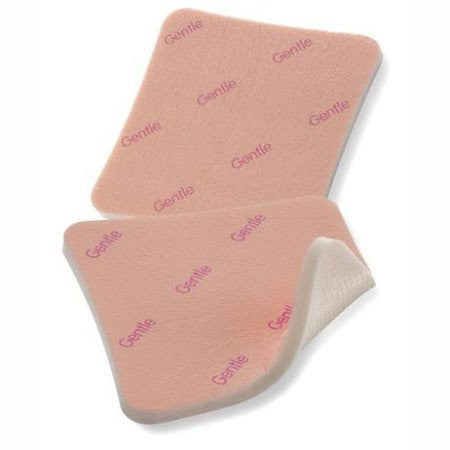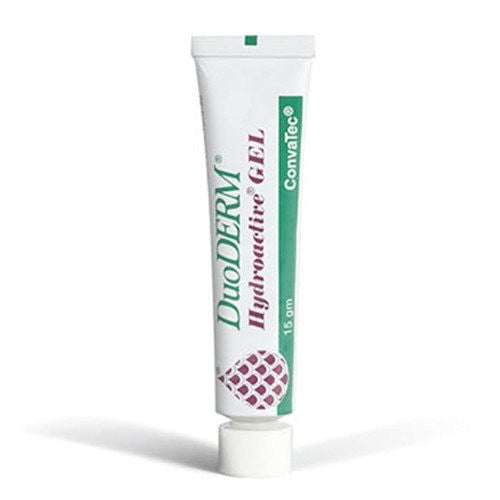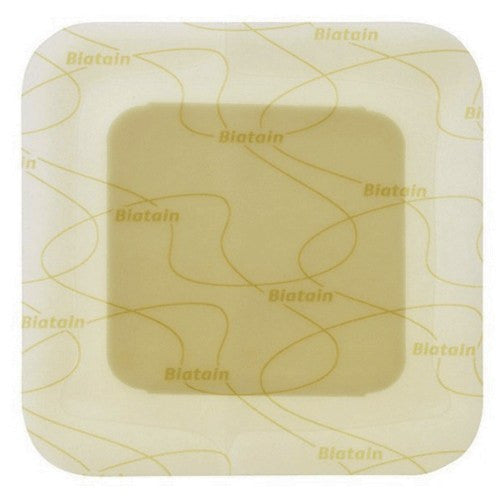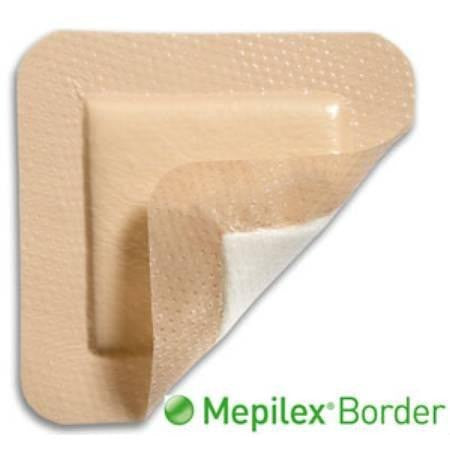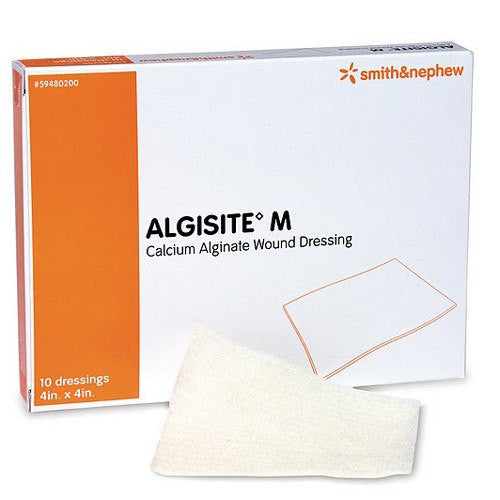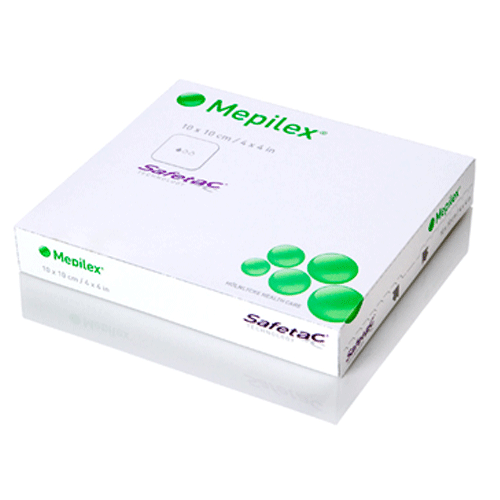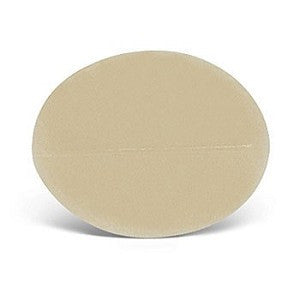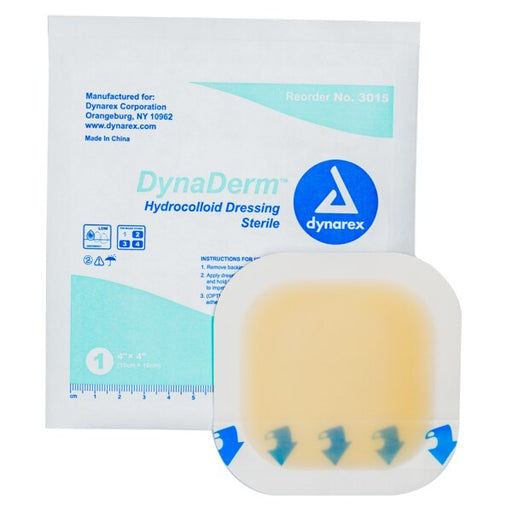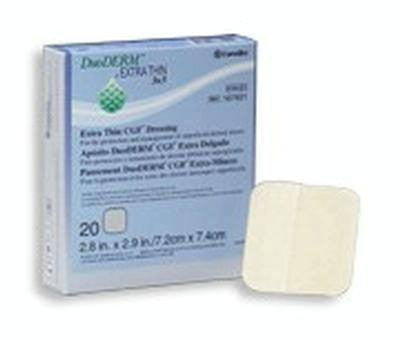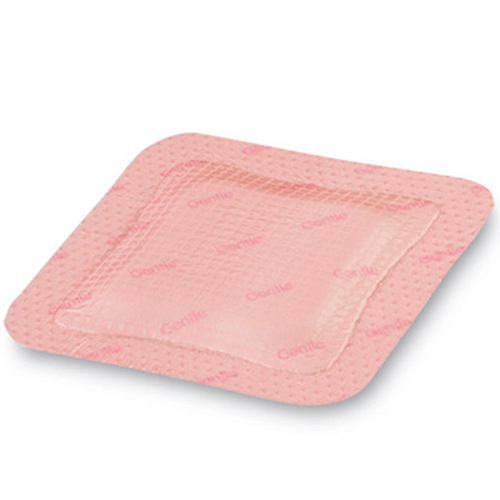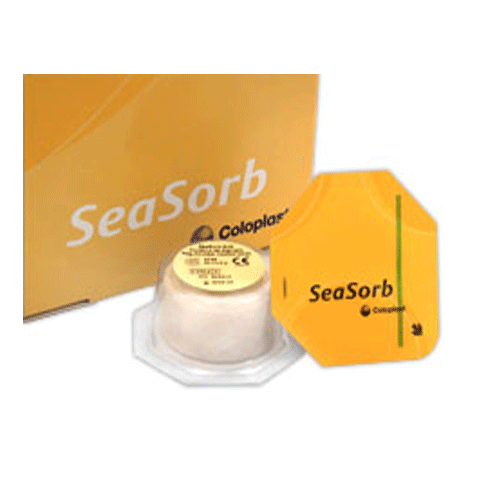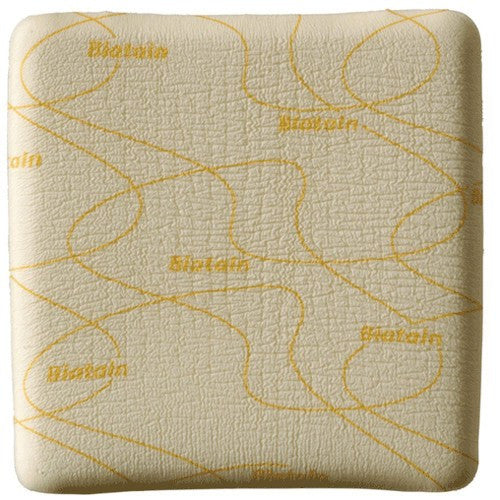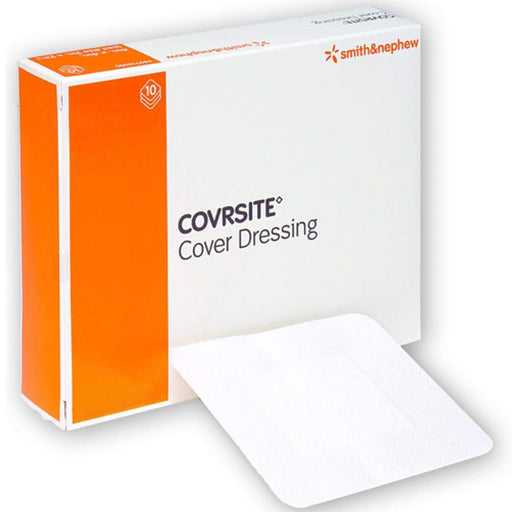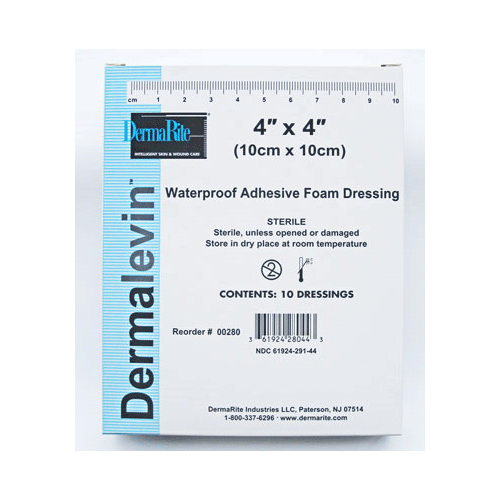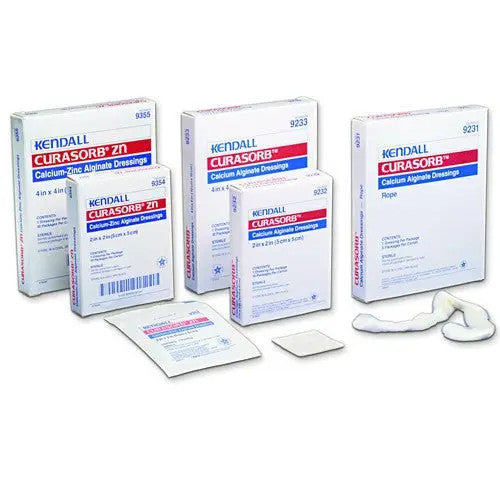What are Pressure Ulcer Dressings
Pressure ulcer dressings are specialized wound care products designed to protect and promote healing of pressure ulcers, also known as bedsores. These dressings help maintain a moist environment, absorb exudate, and provide cushioning to relieve pressure. They come in various types, such as hydrocolloid, foam, alginate, and hydrogel, each serving specific healing needs. By preventing infection and facilitating tissue regeneration, they play a crucial role in the management and recovery of pressure ulcers.
Types of Pressure Ulcer Dressings:
Pressure ulcer dressings are chosen based on the stage and condition of the ulcer. Here are some common types:
Foam Dressings:
- Provide cushioning and absorption.
- Suitable for moderate to heavily exuding wounds.
Hydrocolloid Dressings:
- Gel-forming substances that maintain a moist environment.
- Ideal for shallow wounds with low to moderate exudate.
Alginate Dressings:
- Made from seaweed; highly absorbent.
- Best for wounds with heavy exudate.
Hydrogel Dressings:
- Provide moisture to dry wounds.
- Suitable for dry or necrotic tissue.
Transparent Film Dressings:
- Thin films that protect shallow wounds.
- Allow visual monitoring.
Gauze Dressings:
- Basic dressing type for packing deeper wounds.
Antimicrobial Dressings:
- Contain agents like silver or iodine to reduce microbial load.
- Used for infected or high-risk wounds.
Selecting the right dressing depends on factors like the ulcer's size, depth, level of exudate, and presence of infection. Always consult a healthcare professional for proper assessment and treatment.
How to Apply Pressure Ulcer Dressings
Applying pressure ulcer dressings properly is crucial for effective wound care. Here’s a step-by-step guide:
1. Assessment:
- Evaluate the pressure ulcer’s stage, size, depth, and exudate level.
Consult with a healthcare provider for dressing type recommendation.
2. Gather Supplies:
- Appropriate dressing (e.g., foam, hydrocolloid, alginate)
- Saline or wound cleanser
- Sterile gloves
- Scissors (if dressing needs to be cut to size)
- Adhesive tape or securing bandage (if needed)
2. Clean the Wound:
- Wash your hands thoroughly and wear sterile gloves.
- Gently clean the wound with saline or a recommended wound cleanser.
- Pat the surrounding skin dry with a sterile cloth.
4. Apply the Dressing:
- Open the dressing package carefully to maintain sterility.
- Cut the dressing to the appropriate size if necessary, ensuring it covers the entire wound with a margin around it.
- Place the dressing gently over the wound, ensuring full contact if required.
5. Secure the Dressing:
- Use adhesive tape or a securing bandage to hold the dressing in place, being careful not to apply pressure to the wound.
- Ensure that the dressing is secure but not too tight, to prevent restricting circulation.
6. Monitoring:
- Check the dressing regularly for signs of leakage, saturation, or shifting.
- Change the dressing as per medical advice, typically when saturated or as scheduled.
7. Follow-Up:
- Monitor the wound for signs of infection or worsening condition and report to a healthcare professional if observed.
It’s important to follow healthcare provider guidance and dressing instructions for optimal wound healing and to prevent complications.
How often Should you Change a Pressure Ulcer Dressings
The frequency of changing pressure ulcer dressings depends on several factors, including the type of dressing, the level of exudate, and the wound's condition. Here are general guidelines:
Foam Dressings:
- Typically changed every 3 to 7 days or when saturated.
Hydrocolloid Dressings:
- Usually changed every 3 to 5 days or as needed if the edges lift or exudate leaks.
Alginate Dressings:
- Changed every 1 to 3 days, depending on the level of wound exudate.
Hydrogel Dressings:
- Generally changed every 1 to 3 days to maintain moisture.
Transparent Film Dressings:
- Can stay in place for up to a week, but should be changed if leakage occurs.
Antimicrobial Dressings:
- Change frequency varies, often every 1 to 7 days, based on exudate and infection control needs.
It's essential to monitor the wound regularly and adjust the dressing schedule as needed. Consult a healthcare professional for personalized advice and to address any specific concerns regarding the wound care.
Best Brands of Pressure Ulcer Dressings
Several reputable brands offer high-quality dressings for pressure ulcers, known for their efficacy and reliability:
1. 3M (Tegaderm):
- Offers a range of transparent film dressings and foam options that are breathable and protect against contamination.
2. Mölnlycke (Mepilex):
- Known for its soft silicone foam dressings, providing effective exudate management and gentle adhesion.
3. Smith & Nephew (Allevyn):
- Provides foam dressings with high absorbency and cushioning, suitable for moderate to heavily exuding wounds.
4. Coloplast (Comfeel):
- Offers hydrocolloid dressings that maintain a moist wound environment, ideal for low to moderate exudate.
5. ConvaTec (Duoderm):
- Known for its hydrocolloid dressings that promote moist healing and protect against bacteria and viruses.
6. Kendall (AMD Antimicrobial Foam):
- Provides antimicrobial properties with silver-impregnated foam dressings for infected or at-risk wounds.
Selecting the right dressing involves
considering the ulcer's stage, exudate level, and specific patient needs. Consulting healthcare professionals is essential for appropriate product choice and usage.



